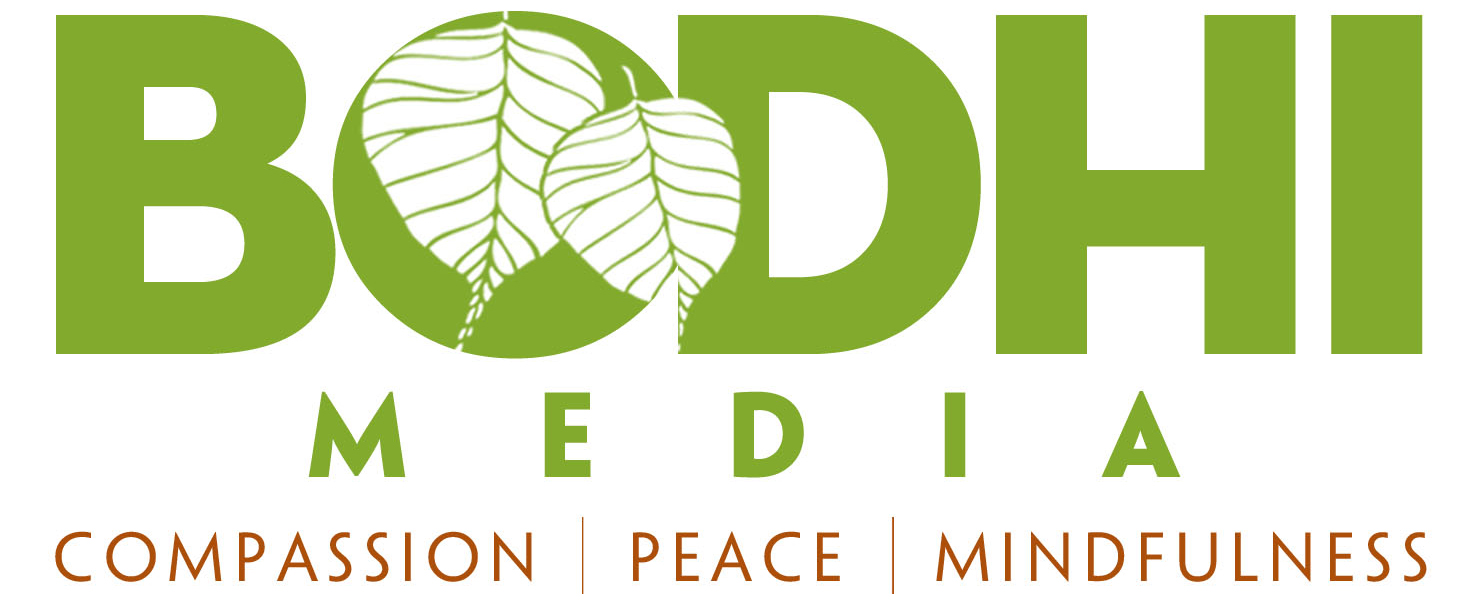Empower Your Students with Self-Compassion
View: 1464 - Jill Guerra 6/12/2018 01:12:35 pm


Elementary students write “love letters” to themselves to learn self-compassion. See activity #7 below.
In the fields of education and service professions, you’ll find a lot of Givers: those who put the needs of others before their own. They work themselves to exhaustion and self-criticize for the multitude of responsibilities to which they aren’t able to attend. I know this because I am one of those teachers.
As early as preschool and kindergarten, we are taught to be nice to others, to share, but we are rarely taught how to be kind to ourselves. We grow into successful achievers and caregivers, but can be steadily on the path to burn out.
Dr. Kristen Neff, a leading researcher on self-compassion, says that “self-compassion involves three components: being kind and caring toward yourself rather than harshly self-critical; framing imperfection in terms of the shared human experience; and seeing things clearly without ignoring or exaggerating problems.”
As a long-time educator, a mindfulness practitioner, and a teacher of mindfulness, it is my responsibility to take care of myself, to be fully present for my life (the challenges and joys), and to teach my students how to integrate these practices into their lives as well.
Lesson 1: Compassion in Action

In my elementary grade lessons on heartfulness, we start with a read aloud and discussion of the book, Moody Cow Learns Compassion. It’s about Moody, a young cow who feels compassion for the crickets that are going to be fed to the snake. With the help of his friends, Moody releases the crickets back into their habitat.
Reading this book helps my students to understand compassion. They see someone suffering and they feel it in their heart. We extend the thinking to include action, so that we aren’t just feeling someone else’s suffering, but that we are also compelled to do something about it. This is easy for the majority of the kids, as they are naturally kind to each other.
Lesson 2: Learning About Self-Compassion

Often, the students who have the hardest time demonstrating compassionate behavior towards others are the students who are most in need of self-compassion.
At the beginning of our next lesson, I ask, “If we know that compassion is caring about the suffering of others, what do you think self-compassion means?”
We begin with a read aloud of Listening With My Heart, by Gabi Garcia. We review how the character, Esperanza shows compassion in the story and then we talk about how she did and didn’t show compassion to herself. We talk about what she could have done in the moments of her frustration to show herself more compassion.
I find that it is much easier for the students to talk about self-compassion when they are talking about characters, someone other than themselves. In my own life, I’ve found that I have lots of good advice for others and can be gentle and kind and hold space for others when they need it; but it’s more of a challenge when I have to do so for myself.
From Compassion to Self-Compassion: 8 Activities for Your Classroom
Depending on the grade level, we engage in some of the activities below. The first three activities are especially great for scaffolding self-compassion and might be taught independently or as a sequence.

Compassion Board; see activity #4
Brainstorm with the class how they have seen themselves or others demonstrate lack of compassion when something doesn’t go the way they’d like (losing at a sporting competition, getting the “wrong” answer in class, getting “in trouble” at school or at home, etc). Ask: What are common things that you hear people telling themselves? (“I’m so dumb,” “I’m such a bad player/student/daughter,” “I don’t know how to or I’m no good at _____”).
Brainstorm what words we would like to hear from a friend when we mess up or are being hard on ourselves. Suggest that we can say these things to ourselves, that we can be our own friend. If this is challenging, have them think about what they would say to a friend who is struggling.
Guide the students through a sit where they remember a time that they were mad at themselves when things didn’t go well. Invite them to notice what it feels like in the body to use some of the language of self-compassion, (“I am learning,” “Everybody makes mistakes,” “I tried my best,” etc.) and ask them to notice how it feels in the body.
Create speech bubbles or signs with these phrases and post them on a Compassion Board or around the classroom.
Brainstorm actions to show yourself some compassion.
Journal write about a time when things didn’t go how they had hoped, and write about ways you could show yourself some compassion in this situation. It is great if teachers can model this.
Write a love letter to self, demonstrating self-compassion. Teachers can model this as well.
Teach them the Betsy Rose song, “May You Be Happy” (May I, May we…)
As with everything you are teaching the children, try these activities for yourself. Another way for the students to learn (other than their own personal experience) is to see their own teachers model the lessons.
If we are all kinder and gentler with ourselves, a natural next step is to be kinder and gentler with others – including those who are different to us or those who challenge us. With the power of self-compassion, we can move through difficult times with more ease, and set and achieve our goals without getting stumped by the obstacles. When we recognize our own humanity, our imperfect selves, and embrace all of it with love, then we live life fully-present and can navigate our journey with grace. We all deserve this.
Source: https://www.mindfulschools.org/inspiration/empower-students-with-self-compassion/


































![Trung Đạo [S. madhyamapratipad; P. majjhimapaṭipadā; T. dbu ma’i lam; 中道; middle way]](biasach/small/365.jpg)

